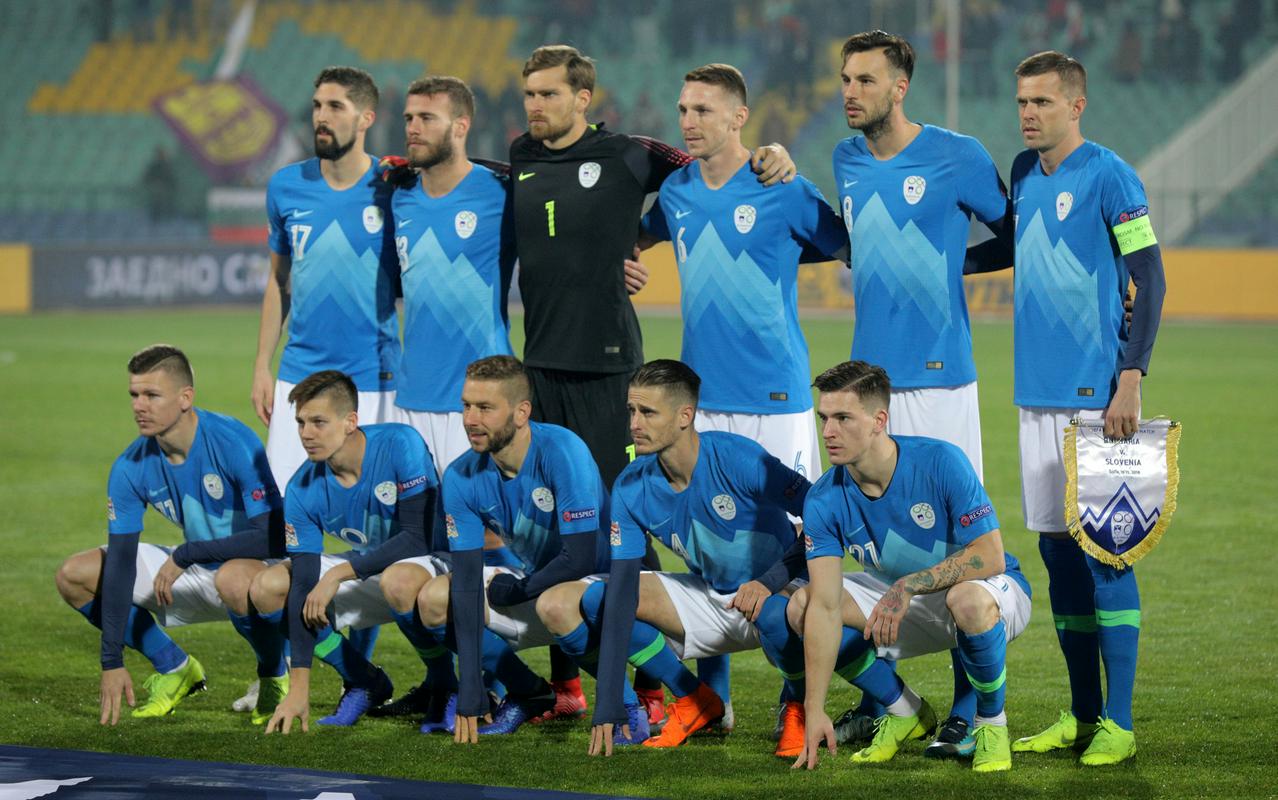
In his first period as the manager, Matjaž Kek quickly formed a new starting lineup that fans could name even if woken up in the middle of the night. The plan was simple: to build a team around several pillars that were distributed in a straight line on the playing field: Samir Handanović at the goalposts, Boštjan Cesar in the heart of the defense, captain Robert Koren in the midfield, and Milivoje Novaković as the forward.
A lineup forged by defeat a decade ago
Branko Oblak, who had preceded Kek, often points out that he was the one who had selected the team that went on to play in the South Africa World Cup. While it’s certainly true that the famous foursome debuted during his leadership, the team as a whole was still unsuccessful. The Slovenian team ended up the Euro 2008 qualification rounds in the penultimate, sixth position in its group.
Could another, similarly catastrophic period give Slovenia a lineup that would take the team to a position higher than 38th place in the Nations League and a relegation into a group of minnows?
Belec, Mevlja, and Zajc in the starting lineup of all six games
A quick glance at the Nations League games shows that Tomaž Kavčič and Igor Benedejčič used 28 different players for the games. Only three of the players were in the starting lineup for all the fall season games, while the famous foursome played the lion’s share in the newly established competition. Has a new core of players -- Belec-Mevlja/Skubic-Zajc – finally emerged? Perhaps, if we add Josip Iličić as the key forward.
Defender Vid Belec played all the minutes of the Nations League. This confirms the absurd state of the national team; after all, the Maribor player was the only member of the team not to play a single minute for his club in the 2018-19 season. His poor passes in the game against Bulgaria hurt the team. Miha Mevlja, who was supposed to lead the defense, found himself sidelined at Zenit, but may now get a boost because of an injury in his team. Mevlja’s lack of playing time also affected his passes and his defensive skills.
Skubic statistically the best, Zajc the most dangerous
In part because of the unfortunate situation for Peter Stojanović in Cyprus, right-back defender Nejc Skubic played in five of the six games. A goal and an assist made him the second best-performing individual on the national team. According to WhoScored statistics, the 19-year old Ljubljana native was also the best Slovenian player in the Nations League, with an average score of 6.94. Only three other players had a score higher than a respectable 6.8, but they only played in two games: brothers Aljaž and Andraž Struna, as well as Jasmin Kurtić. Miha Zajc took advantage of the other key players’ problems and ended up as the most threatening Slovenian player with two goals, an assist, and an average score of 6.69.
A frightful foursome on paper, but a different story on the field
After a quick glimpse at the available talent pool in Slovenian soccer – and an analysis of Kek’s model from a decade ago –, many fans want the foursome of Oblak-Mevlja-Kampl-Iličić to form the core of the team. But considering all the trouble faced by Slovenia in 2018, it remains doubtful whether Slovenia’s four best-established players on the European level will be able to form a “chain of command” that would raise the national team from the very bottom.


































































